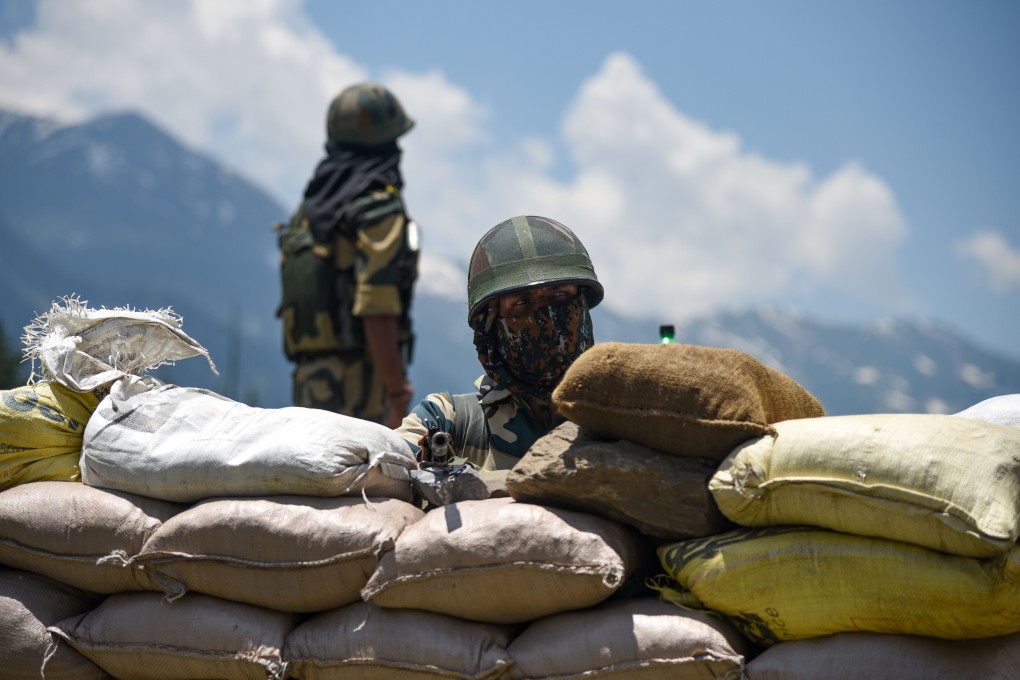At US-India dialogue in October, China and defence cooperation will be high on agenda
- India’s External Affairs Minister S. Jaishankar says Washington and New Delhi are now thinking of how to ‘secure the world and make it a better place’
- His comments come hours after Indian and Chinese militaries accuse each other of provocation on their disputed Himalayan border

India and the United States will hold a ministerial dialogue in October to discuss “China’s intentions” and closer security and defence cooperation, as New Delhi and Washington witness an unprecedented convergence of their interests.
Speaking at the United States-India Strategic Partnership Forum on Monday, India’s External Affairs Minister S. Jaishankar said that Washington and New Delhi now had a much greater ability to work together, including thinking of how to “secure the world and make it a better place”.
“We look upon it not as something tailored to a particular situation or focused on a country, this is not a short-term issue,” said Jaishankar, without mentioning China. He added that India had become more “pragmatic” than it has been in the past when it came to aligning itself with other nations.
He was responding to the former congressman and ex-US Ambassador to India Tim Roemer, who in chairing the session brought up the third India-US dialogue – described as a “2+2” for bringing together defence and foreign ministers from both sides.
“These talks will cover many important things, from the intentions of China, air and defence missile systems, anti-submarine warfare, from the Indo-Pacific. Broader cooperation could consist of talking about the Quad and expanding the Quad,” Roemer said, referring to an informal maritime security grouping between the US, India, Japan and Australia.
The US and China are at loggerheads over a range of issues from trade to technology to the South China Sea, while Indian and Chinese troops have been locked in a stand-off over their disputed border for almost four months.